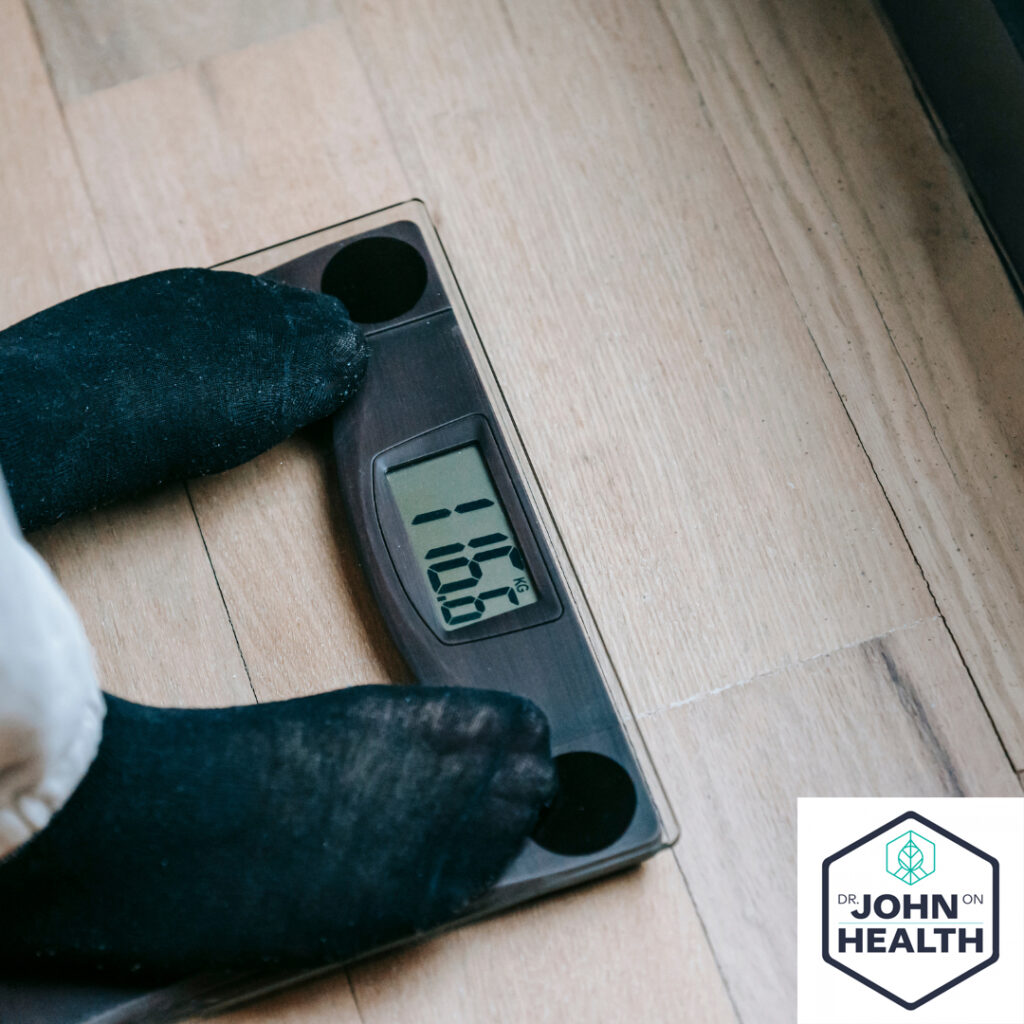
Heart disease, cancer and COVID-19 remain top killers in the U.S. Heart disease and cancer are considered lifestyle illnesses influenced by choices we make in our daily lives, but what about the coronavirus or other pandemic viruses?
Why pandemic viruses are really lifestyle diseases and what that means
The best evidence to support this notion that any viral pandemic should be considered a lifestyle disease is the fact that viruses spread globally as humans travel from place to place using all available transportation systems,” Dr. John says. “This means that as soon as we recognize a new virulent virus, we must take steps to isolate its spread through reduced travel, wearing masks, developing vaccines, and quarantining of infected individuals.
Covid-19 may not be the last virus to become a pandemic.
Where viruses come from: Nearly 75% of all new, emerging or re-emerging virus-based diseases affecting humans at the beginning of the 21st century are diseases that normally exist in wild animals and jump to humans. The mechanism that allows the jump is a mutation that occurs in the genes of the virus. The mutation usually occurs when the animal’s immune system attempts to fight off the agent and, in response, the infectious agent adapts itself for its own survival. That adaption then jumps to humans who come into contact with that animal.
How the body fights viruses: Once the immune system becomes aware of the presence of a virus, it has two distinct responses. First, it produces antibodies designed to block the attachment of the spike protein to a cell surface. However, the antibody production process usually takes about two weeks to be strong enough to fully block a virus. Next, the body creates memory cells in the immune system capable of activating the production of antibodies if you become exposed to that virus later on.
How viruses mutate: Viruses easily mutate when they incur a change in any one of the 30,000 building blocks called nucleotides in their structure. Any change affects how the virus might behave. One change might allow the virus to be attached to cells for a longer period of time, or the virus might become more capable of evading the human immune system. For example, there are actually seven coronaviruses known to infect humans, and COVID-19 is just one of them.
How to protect yourself against viral mutations: “We can reduce the spread of a virus and the chance of it mutating into many more variants by immunizing as many people as possible and protecting those with immune system problems. The more people who get the virus, the more chance it has to mutate. That is why stopping its spread is the key to fully ending a pandemic.

Your Health Is at Risk
In 2020, there were over 122 million people in the U.S. diagnosed with elevated blood glucose, 34 million with the diagnosis of Type 2 diabetes, and 88 million diagnosed with prediabetes, yet their hope for healthy living is thwarted by medical dogma, disinformation, misinformation, and missing information.
Disinformation, Misinformation, and Missing Information, which is abbreviated “DMMI”, fuels growing health illiteracy and unhealthy lifestyle choices. This drives not only increases in Type 2 diabetes but also cancer, cardiovascular diseases, COVID-19, and other illnesses considered lifestyle diseases.
As described in my 5th book, Your Health Is at Risk, a literate person in today’s world is aware that the traditional media and social media are swarming with intentional disinformation about many topics, from politics to finances, to health advice and diet plans. Literacy, critical thinking, and a tolerance for reading scientific material are absolutely necessary to detect such disinformation.


